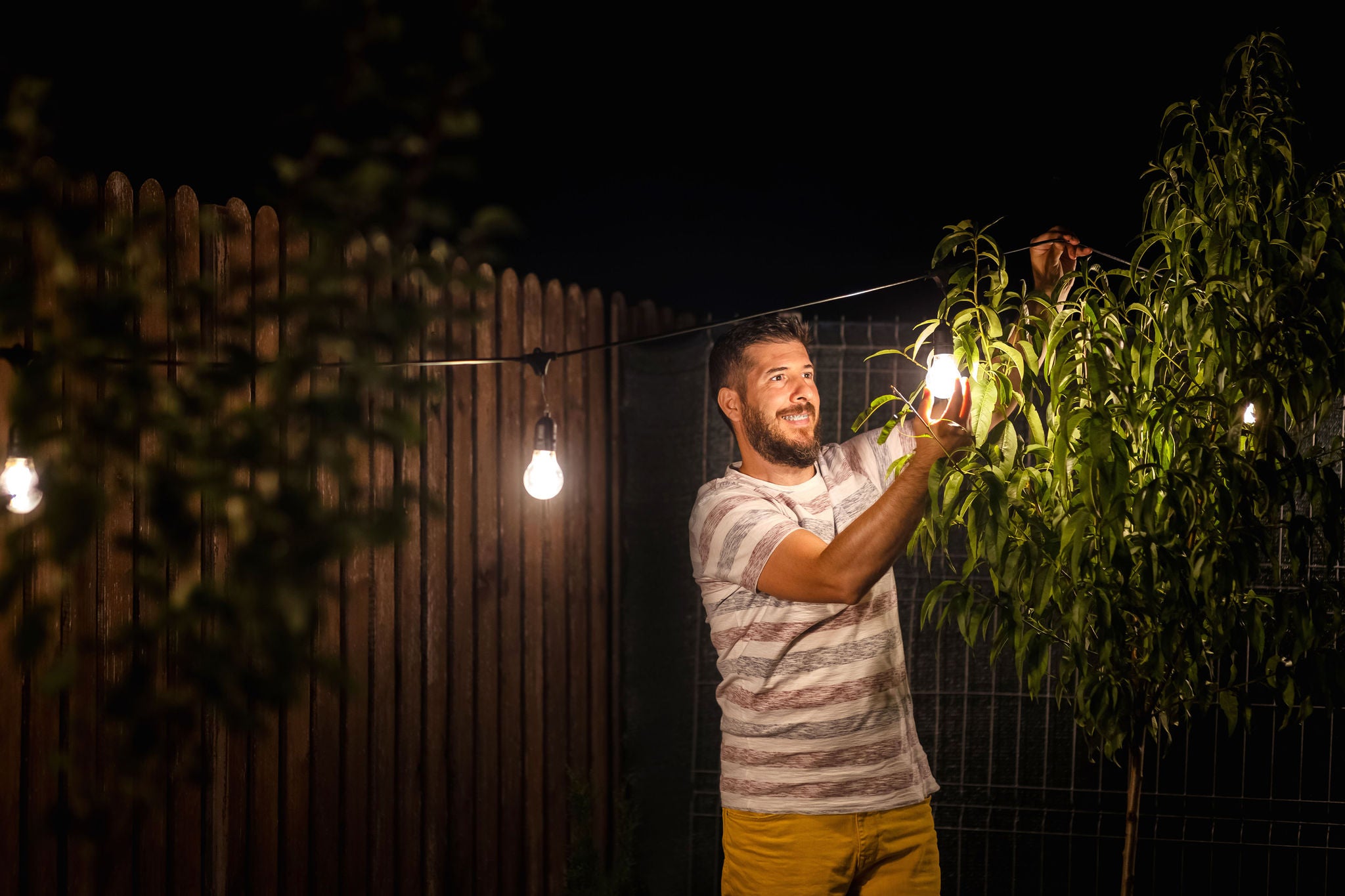EY refers to the global organization, and may refer to one or more, of the member firms of Ernst & Young Global Limited, each of which is a separate legal entity. Ernst & Young Global Limited, a UK company limited by guarantee, does not provide services to clients.
How EY can help
-
Discover how EY's customer experience transformation team can help energy providers empower their workforce, engage customers & drive long term value. Learn more.
Read more
Consumers will ultimately determine the success or failure of our clean energy future, but they are growing tired of the journey to get there. Residential and business consumers have been left to shoulder the burden of a changing energy system, navigating new technologies and deciphering complex tariffs, all while absorbing rising bills. Now, according to new EY research, fatigue is setting in just as we enter a more difficult phase of the transition. The world must galvanize a generation of change within a decade to meet decarbonization targets. Unless energy providers can engage all consumers and activate a surge in consumer energy solution investment, we’ll miss our opportunity to build a more sustainable, efficient, cost-effective energy system. There is simply no energy transition if consumers don’t lead the way.







